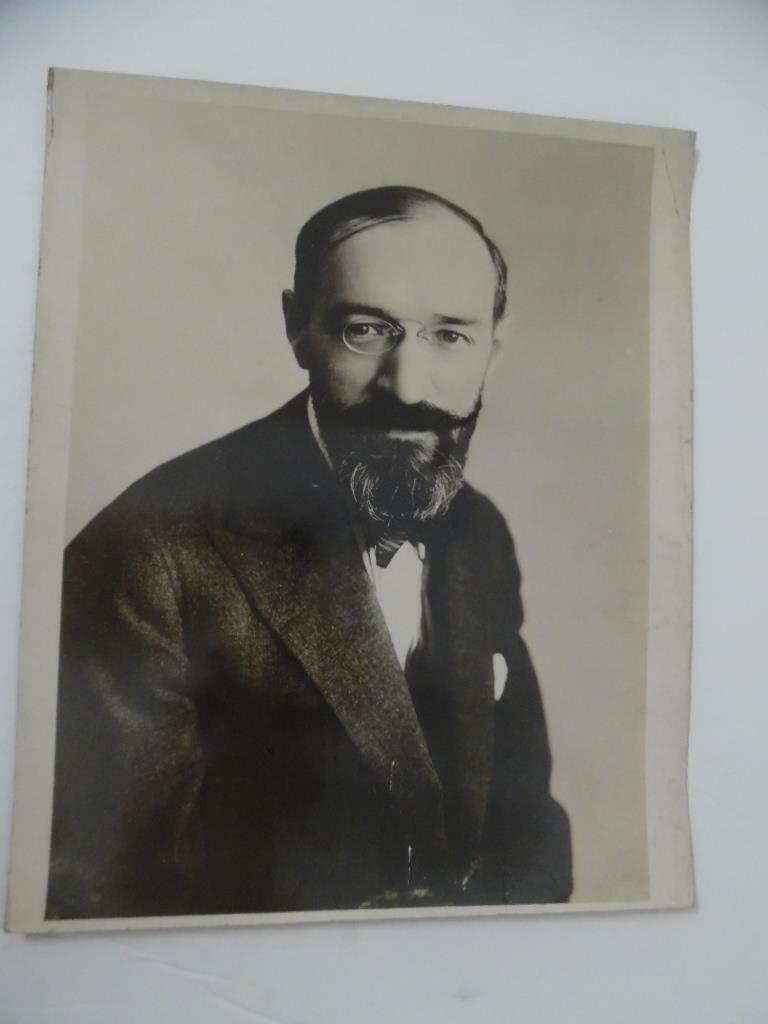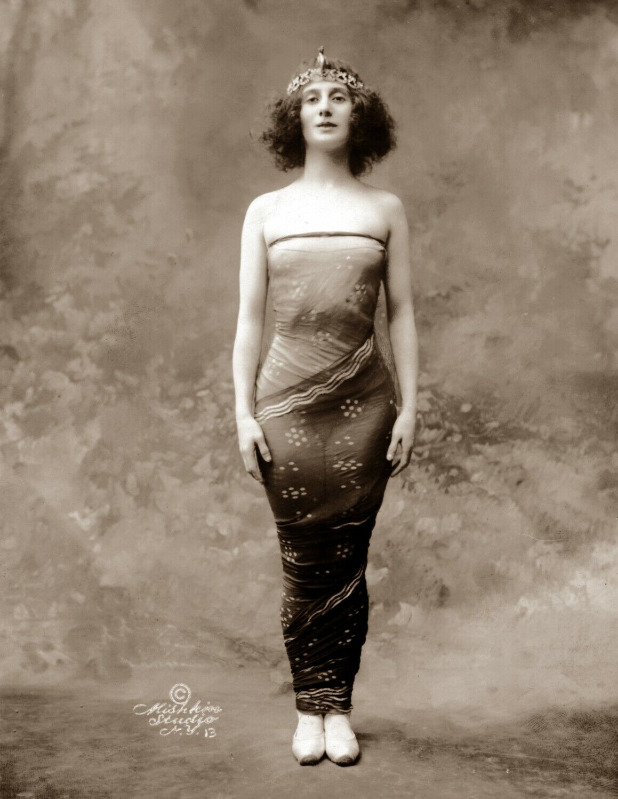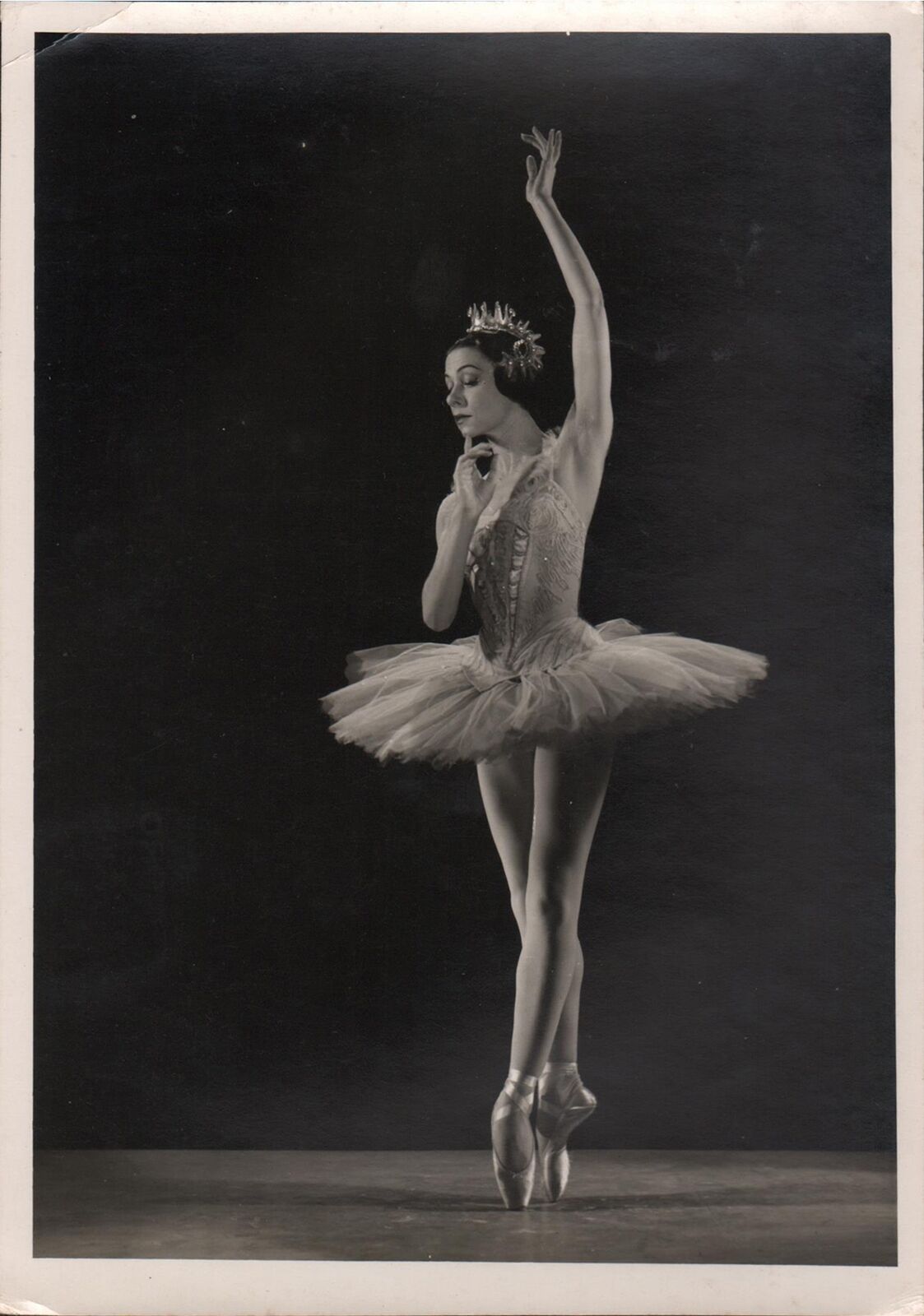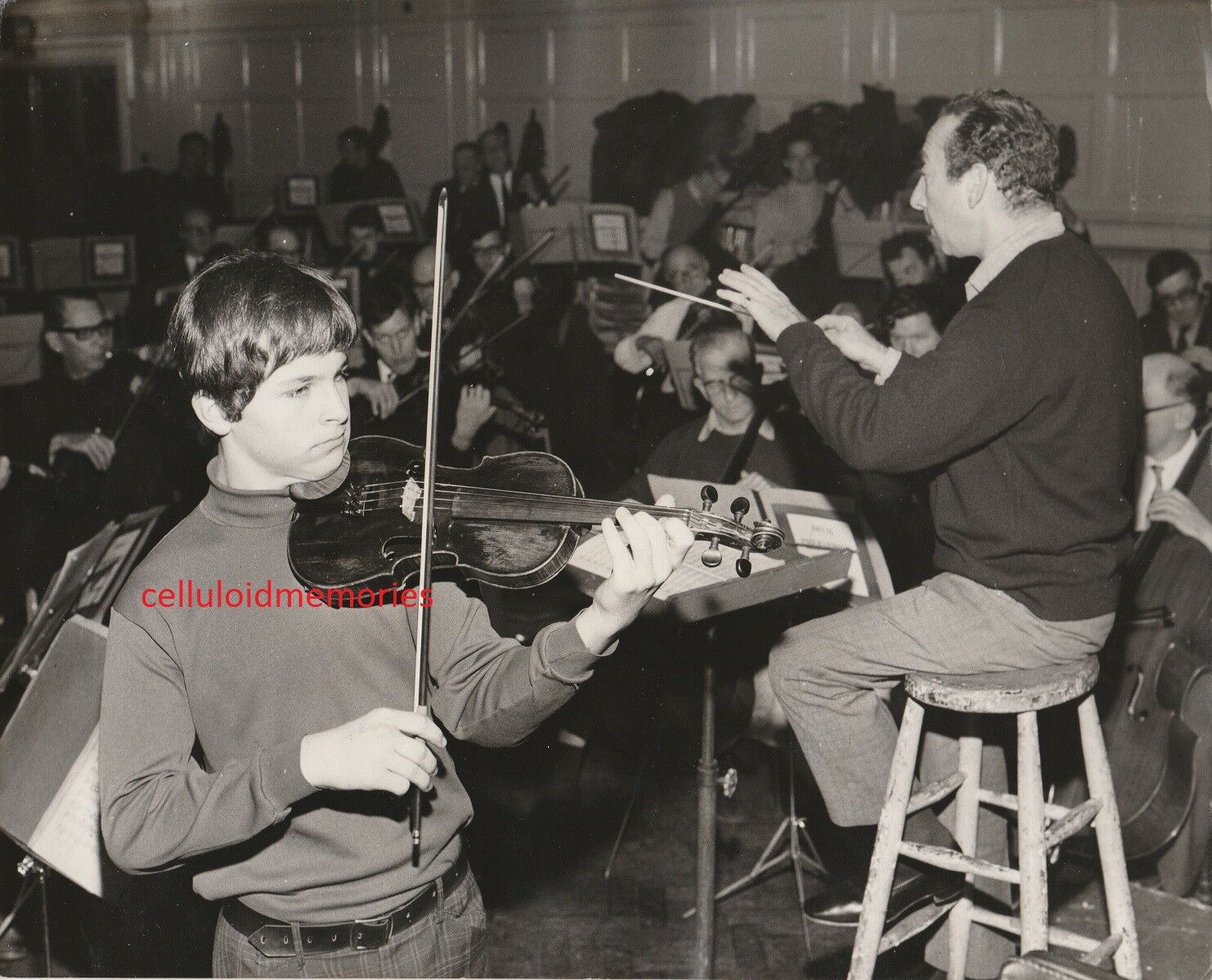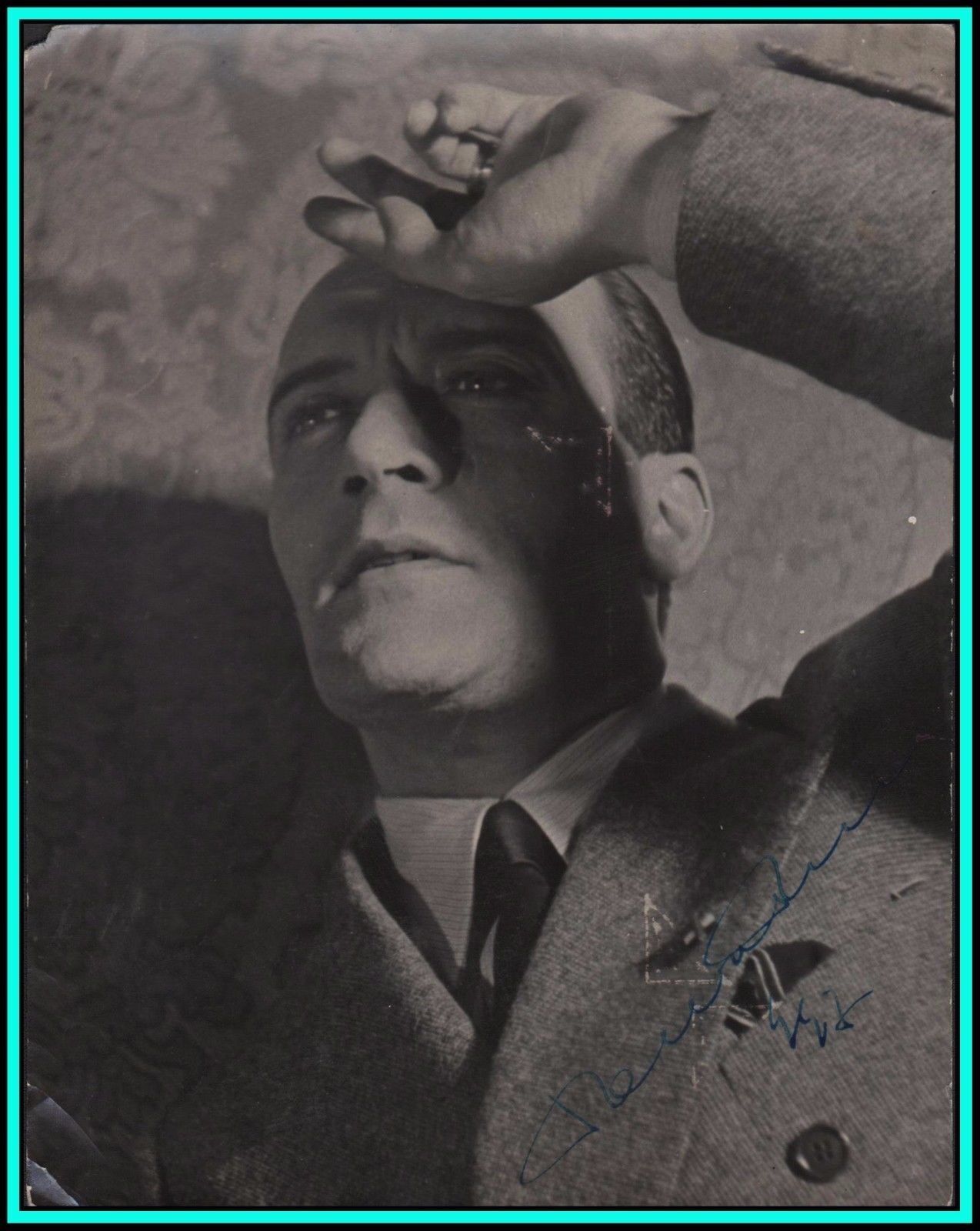-40%
c.1918 Flutist Georges Barrère Theatrical Publicity Photo New York Symphony ORIG
$ 13.17
- Description
- Size Guide
Description
This is an original antique 8” x 10” theatrical publicity photo of French flutist Georges Barrère. This photo is a vintage original and isn’t dated but likely dates to around 1918 or so. The back of the photo has an ink stamp with Georges Barrère name and “Direction of Catharine A. Bamman, 35 West 39th Street, New York City”.This photo has some toning from age most visible on the back and a bit of wear on the edges. Overall condition is very good. Email any questions. Thanks for looking.
The following information comes from Wikipedia:
Georges Barrère (Bordeaux, October 31, 1876 - New York, June 14, 1944) was a French flutist.[1]
Early life
Georges Barrère was the son of a cabinetmaker, Gabriel Barrère, and Marie Périne Courtet, an illiterate farmer's daughter from Guilligomarc'h. They married in 1874. They had previously had a son Étienne, out of wedlock, in 1872. George did not regard his parents as musical although his father wished he had been a tenor instead of a carpenter. In 1879, the family moved to Paris. By the year 1886, they had moved to Épernon near Chartres.[2]
The story goes that Étienne had a tin whistle which he discarded in favour of a violin. Georges got the whistle and later boasted that he had become a virtuoso on the six-holed instrument while Étienne was still struggling with elementary scales on the fiddle. The boys went to École Drouet, the village school and although modest, they were the beneficiaries of the new Jules Ferry laws which mandated free education for all French children. The principal of the school was a bandmaster in his spare time and Georges used to follow the band, when it marched through the streets of the town, tooting on his penny-whistle. The band members actually encouraged him and when the Barrères moved back to Paris in 1888, Monsieur Chouet, the principal, recommended that Gabriel let Georges have music lessons.[2]
The Paris Conservatoire
Back in Paris, Georges was required to attend cadet training as a result of the Franco-Prussian War and he became a member of a fife corps which was instructed by a student at the Paris Conservatoire. The instructor persuaded him to take lessons with his own teacher at the Conservatoire, Léon Richaud, with whom Barrère began his studies on the flute. Richaud took him to audition at the Conservatoire and although he was not accepted, he was allowed to have weekly coaching with Henry Altès, professor of flute. After a further audition, he was accepted at the Conservatoire at the age of fourteen.[2]
Progress under the aging and traditional Altès was slow and critiques of Barrère's performances by the faculty were less than glowing.[1] In 1893, Paul Taffanel replaced Altès as professor of flute and this Barrère later described as the turning point of his life. Instead of wasting class time on five-finger exercises, of which Altès had published a whole bookful, Taffanel taught the students how to analyze and dissect the music in order to discover its nuances. Barrère later described him as the best flutist in the world and probably irreplaceable. He discouraged excessive expression, vibrato and sentimentality. Barrère experienced an immediate improvement which was noted by his examining professors in their reports. In 1895, he won first prize in the concours.[2]
Prélude à l'après-midi d'un faune
At the age of seventeen, Barrère started doing freelance work and played in the orchestra at the Folies Bergère for a while. This helped him fund his studies at the Conservatoire. While still a student, he also obtained a free-lance position in the orchestra of the Société Nationale de Musique (MSN) which premiered Prélude à l'après-midi d'un faune by Claude Debussy in 1894. It was one of the most momentous occasions in music of the turn of the 20th century, ushering in a whole new language of harmony and orchestral colour, and for the young Barrére to have been the one to play the opening notes on solo flute, was an experience like no other. Debussy was frequently present at rehearsals and continued to work on refining the score while these were in progress.[2]
European career
After he completed his studies, Barrère organized a woodwind organization called the Société moderne d'instruments à vent (SMIV) (Modern Society for Wind Instruments), which gave concerts, and was also involved with the Concerts del'opera which held orchestral concerts at the opera house. Later he gained entry to the Société des compositeurs de musique.[1]
In 1897, Barrère became an instructor at the Collège Stanislas in Montparnasse and held the position for seven years. In the same year, he was appointed a flutist in the Concerts Colonne, a major Paris orchestra, of which his former classmate from the conservatory, Pierre Monteux was a violist and later became assistant conductor. The orchestra toured Europe under trying conditions which was good practice for the young musician who later would tour extensively in the United States.[2]
The New World
In 1905 Barrère was invited by Walter Damrosch to play for New York Symphony Orchestra[3][4] (which later merged with the New York Philharmonic),a position he accepted and in which he remained for the rest of his life but for one break. Some major works were written for him including the Poem of Charles Tomlinson Griffes and Density 21.5 by Edgard Varèse.[1]
Barrère founded the Barrère Ensemble of Wind Instruments in 1910 and the Little Symphony chamber orchestra in 1915.[1]
He died on June 14, 1944.
Payment Terms
Winning bidders will receive an email at the end of the auction explaining the option for paying with Paypal. If you have questions about how to pay for this item please let me know. If you made multiple purchases for a single shipment contact us for combined shipping charges which will normally be less than the amount shown on Paypal invoice. You will receive an email notifying you when your item ships. Buyers outside the USA, please provide a telephone number for customs forms.
Shipping Terms
Please click on the Shipping & Payment tab above to access the eBay shipping calculator which will give you the options and costs for shipping your item depending on your zip code or country. All items are professionally packed and well protected for shipment. All paper items are shipped in a plastic archival sleeve with rigid backing and marked "DO NOT BEND". If you have special shipping instructions please let us know and we'll try to comply. If you win multiple items and want them shipped together please contact us for a revised PayPal invoice. All shipments within the USA are sent with Delivery Confirmation. Buyers outside the USA please provide your phone number with payment so that we may include this on the customs forms. We are not able to declare items as "gifts", misrepresent the contents or value or otherwise falsify customs forms. Media Mail is a cheaper shipping option for some items such as books. Please be aware that Media Mail can take up to 21 days and that items which do not qualify for Media Mail such as magazines can not be sent by Media Mail. Buyers will receive an email notification at the end of the auction and when the item ships. If you have any questions please feel free to contact us. We strive for 100% buyer satisfaction in all transactions.
